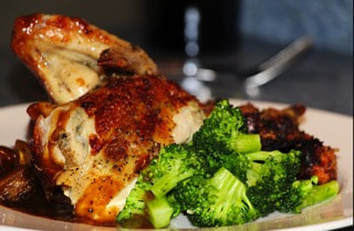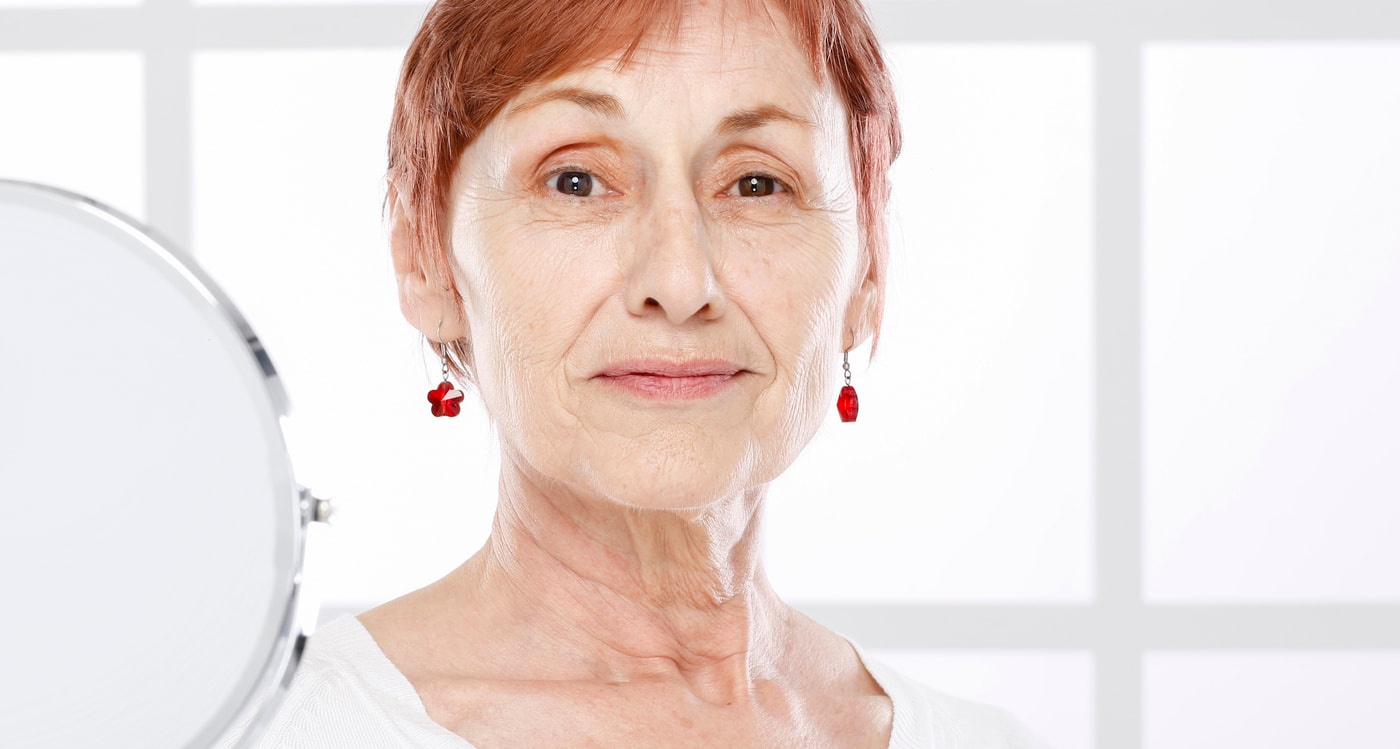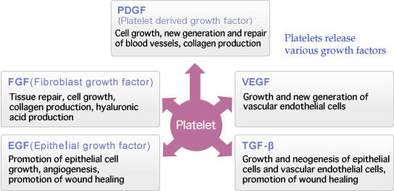
Many people follow the AIP diet to manage not just Crohn’s but also chronic pain, Hashimoto’s hypothyroidism, irritable bowel syndrome, skin rashes such as eczema or psoriasis, high blood pressure, depression, anxiety, brain-based disorders, diabetes, autoimmune disease in general, and other chronic health problems.
People are surprised to find that not only do their symptoms fade but also they enjoy more energy, better sleep, weight loss, increased libido, less stress, and a general overall improvement of their well being.
A primary reason the diet is so effective is because it helps repair leaky gut, a condition in which the lining of the gut becomes inflamed and porous, allowing inflammatory compounds into the bloodstream. This creates inflammation throughout the body and brain and leads to a wide array of chronic gut, metabolic, and autoimmune disorders.
Anti-inflammatory is the key to the AIP dietAn anti-inflammatory diet focuses on whole foods and is free of inflammatory foods, additives, fillers, and artificial colors. It includes an accompanying protocol of appropriate sleep, physical activity, rest, and positive socialization and self-treatment. Certain nutritional compounds that gently cleanse and detoxify the body may boost the success of the diet.
AIP diet sites and articles abound, but here are basics:
- Eliminate all processed foods, fast foods, desserts, coffee drinks, sodas, etc. Your anti-inflammatory diet should consist of whole foods found in the produce and meat sections of the grocery store, with an emphasis on plenty of vegetables. Also eliminate processed vegetable oils and hydrogenated oils and stick with natural oils.
- Eliminate common inflammatory foods, the most common culprit being gluten. Many people’s symptoms resolve simply on a gluten-free diet. However, dairy, eggs, soy, nuts, grain, and nightshades are commonly immune reactive as well. Eliminate these foods for about six weeks to see whether you react upon reintroducing them one at a time.
- Eliminate sweets. On the anti-inflammatory diet you will avoid all sweeteners. This helps curb cravings, stabilize blood sugar, lower inflammation, and lose excess fat. Enjoy low-sugar fruits instead, such as berries.
- Eat lots of vegetables. Not only do plenty of veggies load you up with vital nutrients and fiber, new research shows they create a healthy gut microbiome – the bacteria in your gut that profoundly influence your immune and brain health. A diet based around veggies creates an abundant and diverse gut microbiome and thus better health.
- Get enough sleep and exercise. Sufficient sleep is a major inflammation-buster, as is regular physical activity. Overtraining, however, can cause inflammation so watch out for that.




 RSS Feed
RSS Feed